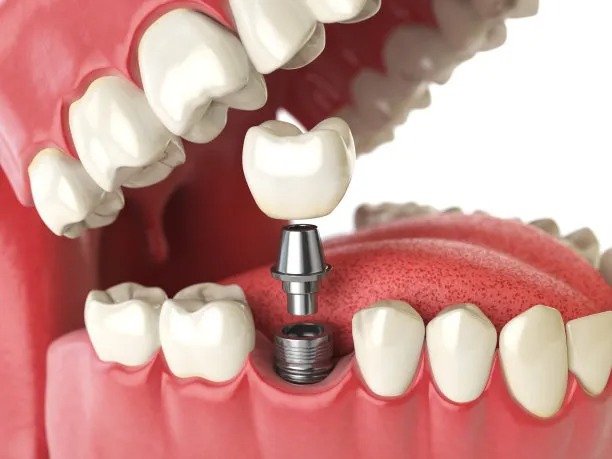Essential Guidelines to Follow for a Safe and Effective Dental Filling Experience
Summary: Dental fillings are more common than ever and significantly affect oral health. However, ensuring a safe and effective experience during the procedure is paramount. This article outlines essential guidelines to follow before, during, and after a dental filling. These guidelines encompass preparation for the appointment, understanding the filling materials involved, post-treatment care, and guidance on choosing a qualified dental practitioner. By adhering to these guidelines, patients can minimize anxiety, optimize treatment outcomes, and contribute to a smooth dental experience.
1. Prepare For Your Dental Appointment

Preparation is key for a successful dental filling experience. Before your appointment, ensure you have all necessary documents, including insurance information and identification, readily available. It may also be helpful to make a list of any medications you are taking, as well as any allergies you might have. This information helps your dentist provide the safest treatment possible.
Consider writing down any questions or concerns you may want to discuss with your dentist. This could range from the type of filling material used to the duration of the procedure. Being proactive will not only ease your anxieties but also enable better communication with your healthcare provider.
Lastly, discuss any dental anxiety you may have prior to your appointment. Many dentists offer sedation options to help patients feel more comfortable, which can greatly enhance your overall experience.
2. Understand Filling Materials and Techniques
Understanding the types of dental filling materials is essential for making informed decisions. Common materials include amalgam, composite resins, and gold. Amalgam is durable and often used for back teeth, whereas composite resins offer a more aesthetically pleasing option for front teeth. Knowledge of these materials helps you choose what’s best suited for your dental needs.
Furthermore, inquire about the technique your dentist will use. Different techniques might involve varying levels of discomfort or recovery time. By being well informed, you can mentally prepare for the procedure and understand the implications of each type of filling material.
Discussing these aspects with your dentist will ensure you feel confident in your treatment plan. Educating yourself about filling materials can also help alleviate any fears regarding their safety and efficacy.
3. Post-Treatment Care Is Crucial
After your dental filling, proper aftercare plays a significant role in recovery. For the first 24 hours, avoid eating hard or sticky foods that could dislodge the filling. Stick to soft foods and be cautious when chewing, especially on the side where the filling was placed.
Additionally, maintaining good oral hygiene post-treatment is essential. Gently brushing your teeth and rinsing with an antiseptic mouthwash can help keep your mouth clean and reduce the risk of infection. Regular flossing around the filled area is vital as well, to remove any lingering food particles.
If you experience any unusual pain, sensitivity, or swelling after the procedure, contact your dentist immediately. Addressing these symptoms right away can prevent complications and ensure your dental health remains a priority.
4. Choose a Qualified Dental Practitioner
Selecting the right dentist can make a world of difference in your dental filling experience. Look for a practitioner with relevant qualifications and positive reviews from previous patients. Dont hesitate to ask about their experience with specific types of fillings to assess whether they are the right fit for your needs.
Consider scheduling an initial consultation to gauge your comfort level with the dentist. A good dentist will listen to your concerns, explain procedures clearly, and offer options that align with your preferences.
Additionally, seek recommendations from friends or family who have had positive experiences. Word-of-mouth is often one of the best ways to find a dentist who meets your standards and helps to make your dental experience more enjoyable and stress-free.
Summary:
Following essential guidelines for a safe and effective dental filling experience can significantly enhance the overall quality of care you receive. Preparing adequately for your appointment, understanding the materials and techniques involved, ensuring proper post-treatment care, and selecting a qualified dentist are all critical components to achieve a successful outcome.
By adhering to these guidelines, you can alleviate anxiety and ensure that your dental filling experience is as smooth as possible, promoting better oral health moving forward.
This article is compiled by Vickong Dental and the content is for reference only



